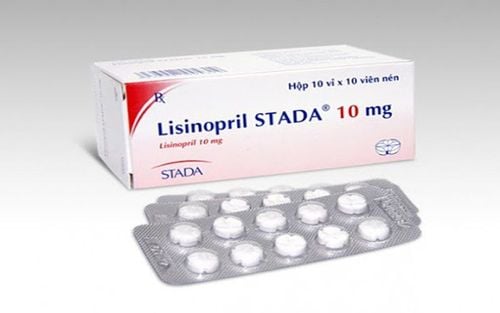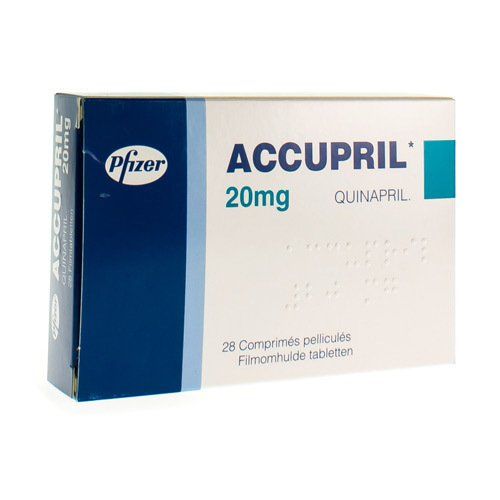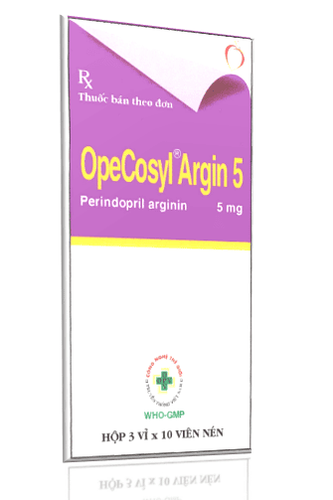This is an automatically translated article.
Opevalsart medicine contains the main ingredient Valsartan 80mg, which is used to support the treatment of patients with hypertension and congestive heart failure. Complying with indications, doses of Opevalsart will help patients improve treatment effectiveness and avoid unwanted side effects.
1. What are the uses of Opevalsart?
1.1. What is Opevalsart? Opevalsart belongs to the group of cardiovascular drugs, manufactured at OPV Pharmaceutical Company - VIETNAM and registered by OPV Pharmaceutical Company.
The drug is prepared in the form of film-coated tablets, packed in boxes of 3 blisters x 10 tablets.
1.2. What is Opevalsart used for? Indications to use Opevalsart in the following cases:
Treatment of hypertension. Treatment of heart failure (from NYHA class II to IV). Opevalsart is contraindicated in the following cases:
Patients with hypersensitivity to the ingredients contained in the drug Pregnant or lactating mothers. People with hypotension, severe aortic stenosis, renal artery stenosis and lesions causing renal artery stenosis. People with kidney failure.
2. How to use the drug Opevalsart
2.1. How to take Opevalsart Opevalsart 80 is taken orally.
2.2. Dosage of the drug Opevalsart Adults:
For hypertension: The starting dose should be 80-160mg, once a day (for monotherapy). If low dose is used, it should be combined with diuretics. The maximum dose is in this is 320mg. For heart failure: The starting dose should be 40mg twice a day. Dosage can be increased to 80-160mg twice daily. If low dose is used, it should be combined with diuretics. The maximum daily dose is 320mg. Post-MI: Valsartan may be given as early as 12 hours after myocardial infarction. The starting dose should be 20mg twice a day. The dose should be adjusted within 7 days, possibly up to 40 mg twice daily. Then adjust the next dose up to an effective maintenance dose up to 160mg twice a day, depending on the patient's tolerance. Elderly: No dose adjustment is required. Renal impairment: No dose adjustment is required for patients with creatinine clearance >10 ml/min. For hepatic impairment: In patients with mild to moderate hepatic impairment and without cholestasis, the dose of valsartan should not exceed 80 mg. Valsartan is contraindicated in patients with severe hepatic impairment and in patients with cholestasis. Children: Children under 18 years of age are not recommended to use Valsartan because of the lack of data on safety and efficacy. Treatment when missed dose:
In case of missed dose of Opevalsart, it is advisable to supplement as soon as possible. However, if it is almost time for your next dose, skip the missed dose of Opevalsart and use a new dose. Treatment in case of overdose:
When using an overdose of Opevalsart, the patient should immediately stop the drug and go to the nearest medical facility for timely treatment.
3. Notes when taking Opevalsart
In patients with salt and/or severe fluid loss, high doses of diuretics may cause hypotension. Salt or fluid loss should be corrected prior to initiation of valsartan therapy. In case of hypotension, the patient should be placed in the supine position, if necessary, an intravenous infusion of physiological saline solution can be given. Opevalsart may lead to an increase in serum creatinine and blood urea nitrogen in patients with unilateral or bilateral renal artery stenosis. Patients with heart failure can be treated with Opevalsart but often experience hypotension but caution should be exercised. Opevalsart should not be used during pregnancy. If pregnancy is discovered during treatment with Opevalsart, the drug should be discontinued as soon as possible. It is not known at this time whether Opevalsart is excreted in human milk. Therefore, Opevalsart should not be used by nursing mothers.
4. Side effects of the drug Opevalsart
Opevalsart medicine can cause side effects such as: Viral infection, headache, dizziness, upper respiratory tract infection, diarrhea, cough, rhinitis, fatigue, sinusitis, abdominal pain, nausea, back pain , sore throat or joint pain. Other side effects of Opevalsart include: Asthenia, edema, insomnia, physiological weakness, rash and dizziness. If you experience these symptoms, you need to stop using Opevalsart and notify your doctor for appropriate treatment.
5. Opevalsart drug interactions
Opevalsart may interact with:
Potassium-sparing diuretics (eg: Triamterene, Spironolactone and Amiloride); Potassium supplements; Salt substitutes contain potassium. To avoid interactions, before being prescribed Opevalsart, patients should inform their doctor about all the drugs they are using, including functional foods. The doctor will base on that to prescribe the appropriate Opevalsart.
6. How to store Opevalsart
Opevalsart should be stored at a temperature below 30 degrees Celsius. Patients need to carefully read the instructions for storing Opevalsart on the packaging. Before taking Opevalsart, patients need to check the expiry date of the drug. When Opevalsart is no longer in use, it should be collected and disposed of according to the manufacturer's or medical personnel's instructions. The above is all information about the drug Opevalsart, patients need to carefully read the instructions for use, consult a doctor / pharmacist before using. Opevalsart is a prescription drug, patients absolutely should not self-treat at home because there may be unwanted side effects.













